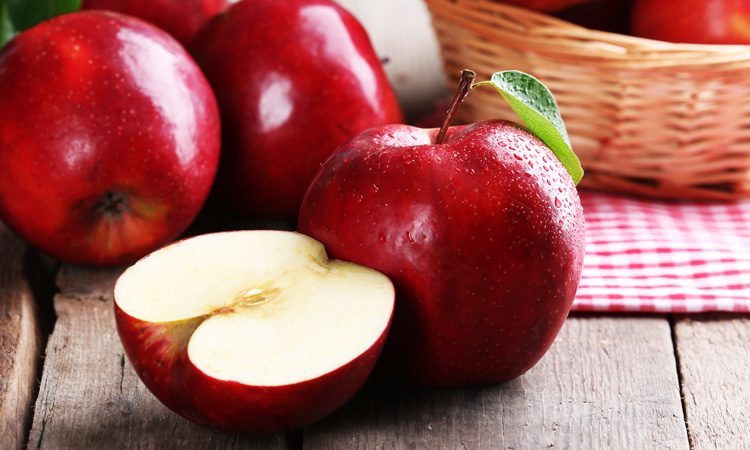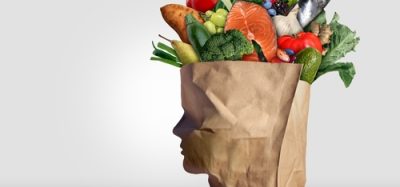An apple carries 100 million “good” bacteria, study finds
- Like
- Digg
- Del
- Tumblr
- VKontakte
- Buffer
- Love This
- Odnoklassniki
- Meneame
- Blogger
- Amazon
- Yahoo Mail
- Gmail
- AOL
- Newsvine
- HackerNews
- Evernote
- MySpace
- Mail.ru
- Viadeo
- Line
- Comments
- Yummly
- SMS
- Viber
- Telegram
- Subscribe
- Skype
- Facebook Messenger
- Kakao
- LiveJournal
- Yammer
- Edgar
- Fintel
- Mix
- Instapaper
- Copy Link
Posted: 7 October 2019 | Sam Mehmet (New Food) | No comments yet
The researchers compared the bacteria in conventional store-bought apples with those in visually matched fresh organic ones.


A study, which analysed the microbiome of the apple, claims that organic apples harbour a more diverse and balanced bacterial community. This could make them healthier and tastier than conventional apples, as well as better for the environment.
“The bacteria, fungi and viruses in our food transiently colonise our gut,” said the study’s senior author Professor Gabriele Berg of Graz University of Technology, Austria. “Cooking kills most of these, so raw fruit and veg are particularly important sources of gut microbes.”
“Eighty-three million apples were grown in 2018, and production continues to rise,” Prof Berg said. “But while recent studies have mapped their fungal content, less is known about the bacteria in this fruit.”
Components of the apple including the stem, peel, flesh, seeds and calyx were analysed separately. Overall, the organic and conventional apples were occupied by similar numbers of bacteria.
“Putting together the averages for each apple component, we estimate a typical 240g apple contains roughly 100 million bacteria,” Prof Berg reported.
The majority of the bacteria are in the seeds, with the flesh accounting for most of the remainder. So, if the core is discarded, the bacteria intake falls to nearer 10 million.
“Freshly harvested, organically managed apples harbour a significantly more diverse, more even and distinct bacterial community, compared to conventional ones,” Prof Berg said.
“This variety and balance would be expected to limit overgrowth of any one species, and previous studies have reported a negative correlation between human pathogen abundance and microbiome diversity of fresh produce.”
Specific groups of bacteria known for health-affecting potential also weighed in favour of organic apples.
“Escherichia-Shigella – a group of bacteria that includes known pathogens – was found in most of the conventional apple samples, but none from organic apples. For beneficial Lactobacilli, the reverse was true,” added Prof Berg.
“Methylobacterium, known to enhance the biosynthesis of strawberry flavour compounds, was significantly more abundant in organic apples; here especially on peel and flesh samples, which in general had a more diverse microbiota than seeds, stem or calyx.”
However, the conventionally grown apples were packaged and refrigerated for days before analysis. The organic apples meanwhile were analysed immediately following harvest, and were grown on a different farm – albeit in the same region of Austria.
Nevertheless, similar patterns found in apple fungal communities are said to add some verisimilitude to Prof Berg’s findings.
“Our results agree remarkably with a recent study on the apple fruit-associated fungal community, which revealed specificity of fungal varieties to different tissues and management practices,” commented Birgit Wasserman, co-author of the study.
Since the apple fungal community is also specific to each apple variety, the bacterial analyses ought to be repeated in other cultivars.
“The microbiome and antioxidant profiles of fresh produce may one day become standard nutritional information, displayed alongside macronutrients, vitamins and minerals to guide consumers,” suggested Wasserman. “Here, a key step will be to confirm to what extent diversity in the food microbiome translates to gut microbial diversity and improved health outcomes.”
Related topics
Food Safety, Health & Nutrition, Lab techniques, Natural, Research & development, The consumer








